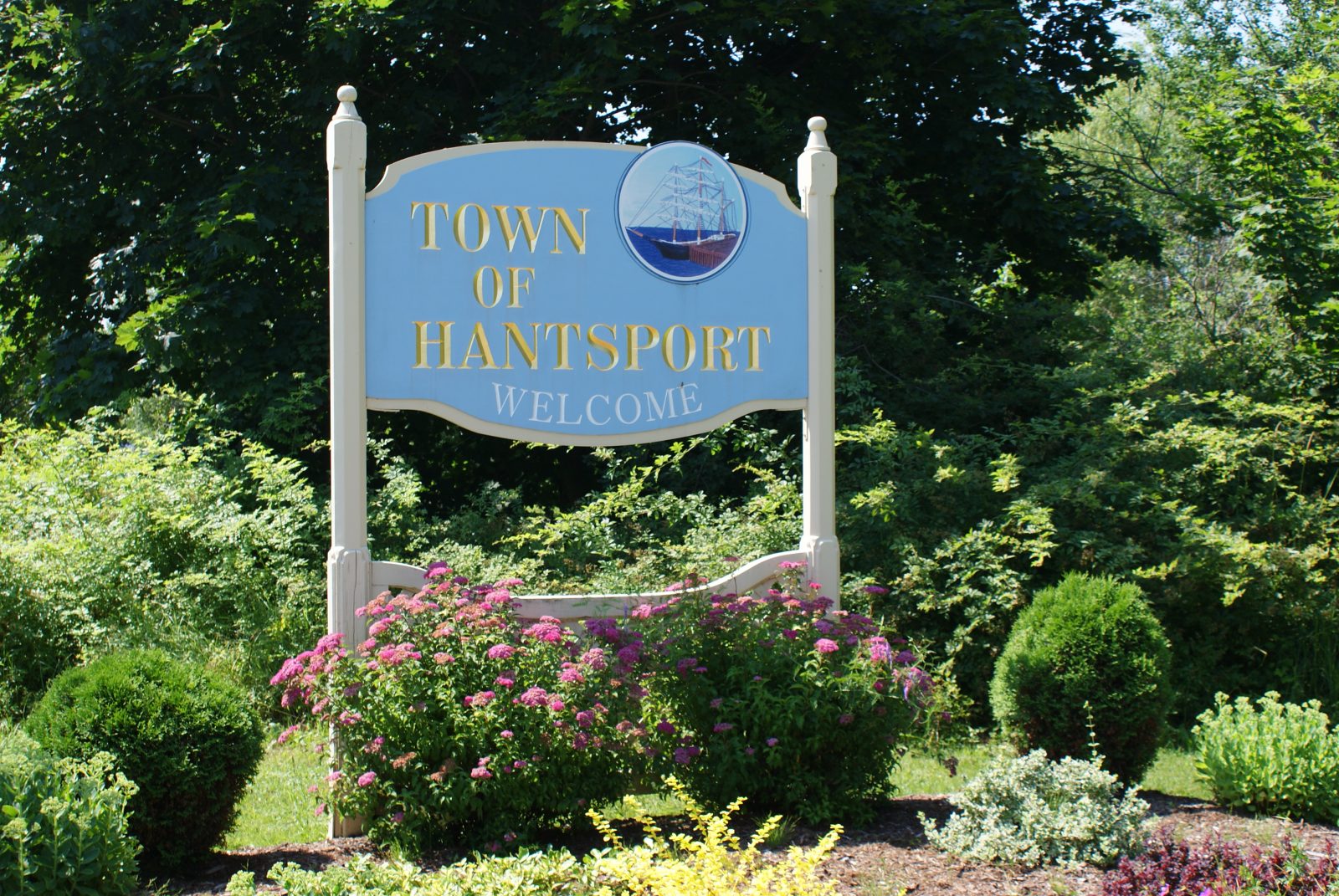The area around Hantsport was known to the Mi’kmaq as Kakagwek meaning “place where meat is sliced and dried” and the town is still home to a small reserve known as the Glooscap First Nation or Pesikitk.
The town was settled by Loyalists after the American Revolution (about 1786). English settlers first named the locale “Halfway River” after the river beside the town which marked the halfway point between Grand Pre and Windsor.
Shipbuilding emerged as a major industry in the 19th century and the town produced a large number of wooden sailing vessels and some steam vessel before the decline of wooden shipbuilding in the late 1800s.
The arrival of the Windsor and Annapolis Railway in 1869 stimulated a number of local manufacturers. Gypsum exports emerged as a major employer in the 20th Century, followed by the mills of the Minas Basin Pulp and Power Company established by the Jodrey family.
William Hall, an African-Canadian mariner born near Hantsport, won the Victoria Cross in 1857 and is buried at a monument at the Hantsport Baptist Church.
Artifacts from the town’s history are preserved at Churchill House, Hantsport, the restored mansion of the Churchill shipbuilding family which serves as a community centre and museum.
In the wake of the closures of the marine terminal and the pulp mill, Hantsport town council voted on April 16, 2014 to dissolve its municipal incorporation. The town was formally dissolved into the Municipality of the District of West Hants effective July 1, 2015.

| Hantsport, CA | -2°C clear sky | |
|
Wind
0 m/s, SSE
Humidity
76%
Pressure
768.82 mmHg
|
||

